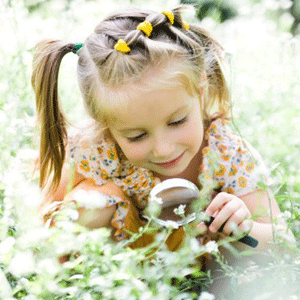Go deep. Immerse, and learn something new.

“Here, you try. I’ll teach you,” Jason said.
I hesitated. I needed to think about this. Maybe I didn’t have what it takes. Since I was a kid it had seemed impossible. We used to “solve” it by taking it apart and reassembling it in order.
“C’mon, we’ll have time while we watch the kids’ swim meet.” It was true, we would have hours to kill while the kids waited for their turn to compete in 30-second events at the swim meet that afternoon.
“OK, what first?” I said. And for the next few hours I went from overwhelmed confusion to steadily learning concepts, patterns, and strategies in different situations. I knew, of course, that it wasn’t impossible. I only initially felt it was impossible for me.
I filled two pages in my notebook with formulas called FaRT, TURTLE, Right TOP and Suicide, with drawings depicting which cubes will move where, using what sequences. I learned patterns for varying situations, and developed memories of the twists and turns of the cube. Jason remained a patient tutor throughout the exercise, and often mixed up the cube to build particular puzzles I was having problems solving. It was sometimes frustrating, sometimes surprising, and increasingly addicting.
This was an immersion – and exercise in mindful learning. Ellen Langer describes in her book The Power of Mindful Learning, mindful learning occurs when we are present, focused, curious, and intellectually adventurous. And the result is you learn faster, have greater memory retention, and enjoy the learning more.
As Langer describes, three valuable characteristics are present in mindful learning moments: novelty-seeking, persistent engagement and open flexibility.
The first is an interest in novelty and the confidence in our ability to learning something new. With a growth mindset we adopt the belief that we have the capacity to learn something new. The second characteristic is persistent engagement in the activity. With a heightened level of engagement, we are more likely to notice changes in the situation, the context and the environment. That heightened sense of engagement in the activity, decreases what researchers call “change blindness” – that is, an ignorance of changing circumstances. This persistent engagement requires, of course, that we remain interested in the activity. But the thing about those who curiously seek novel experiences, is that they are often more inclined to remain engaged in new learning activities.
And finally, mindful learners develop the flexibility to adapt to dynamic environments. In novel learning environments, unexpected things occur more often. A key trait of mindful learning is an ability to adapt flexibly despite changing, and often unpredictable environments.
Go ahead. Learn something new.



